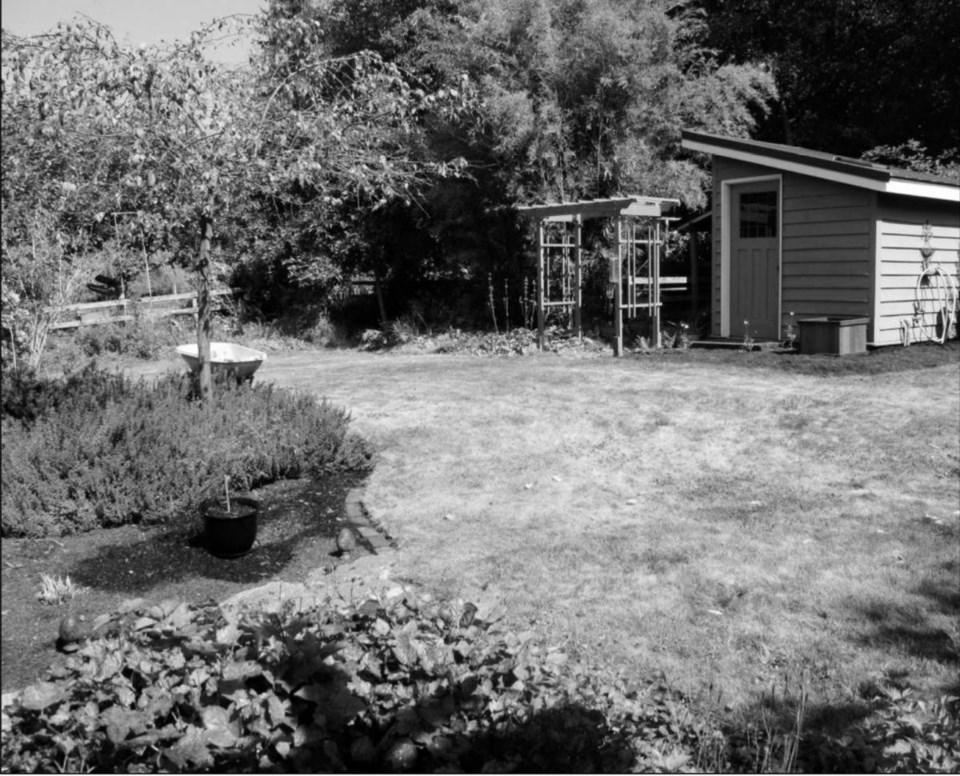Fall is the best time to prepare lawns for the next growing season by mowing, raking, aerating and fertilizing.
The game plan changes, though, if drought-stressed grass has been dormant for a long time. In that case, preparation escalates into repair.
"You need to determine if the grass is dead,'' said Dave Minner, a turf-grass specialist with Iowa State University at Ames. "Then you'll need to renovate with re-seeding to get it going again.''
Ignoring dead or damaged patches in your turf will only cost more in the end, Minner said.
"Dead areas of the lawn that are not repaired this fall will likely be invaded by weeds next summer,'' he said.
The goal is to get new grass established before winter sets in.
"Plant early,'' Minner said. "Get the leaves up and mow once or twice. Growth should occur three to four weeks after planting.''
It's difficult to distinguish dead from dormant grass, said Mark Schmidt, principal scientist at John Deere.
"They both look bad. When you get plentiful rainfall or cooler weather, does it bounce back? Look at the crown - the base of the turf plant - and you should see some green colour there.
"If you don't see any green, it's likely dead or dying.''
The hot, late-summer sun typically pushes many lawns into dormancy. The grass turns brown after shutting down its growth to store energy.
That condition persists only until the cool autumn rains arrive a month or so later. The moisture greens things up again, opening the way for end-of-season revitalization.
That changes if there's a drought, however. Dormant plants left unaided during an extended drought will die.
Here's how to deal with stressed lawns to help them weather another dry season:
- "Be as gentle as you can," Schmidt said about drought-damaged grass. "Don't douse it with a lot of water right away or dump a load of fertilizer on it.''
- Ease off the mowing with a higher turf cut. Continue watering to promote grass recovery if local restrictions allow.
- Rake up leaves as they fall. "Leaves can leave a wet mat and block so much light that they inhibit turf growth,'' Schmidt said.
"Pick them up as early as you can so the grass can get enough energy and sunlight to build on for the next season.''
- There is little to gain from applying fertilizer to brittle, dry lawns, said Kurt Bland, president of Bland Landscaping Co. in Apex, North Carolina, and a spokesman for the Professional Landcare Network. "It's just a waste of product,'' he said.
- Re-seed damaged areas, even in a drought, Bland said. "Scarify the surface of the ground to create new seed beds.''
Management practices in the fall and spring determine how drought-tolerant a lawn will be in summer, Minner said.
Maximizing grass-root volume and depth is effective drought-proofing.
It reduces the need for irrigation by the time the mid-summer heat rolls around.



